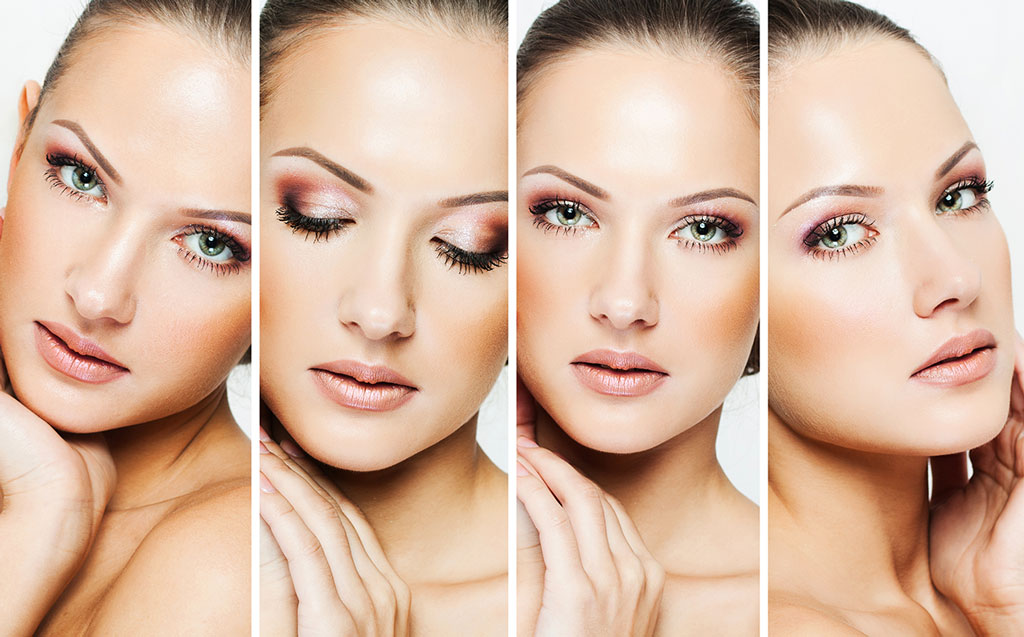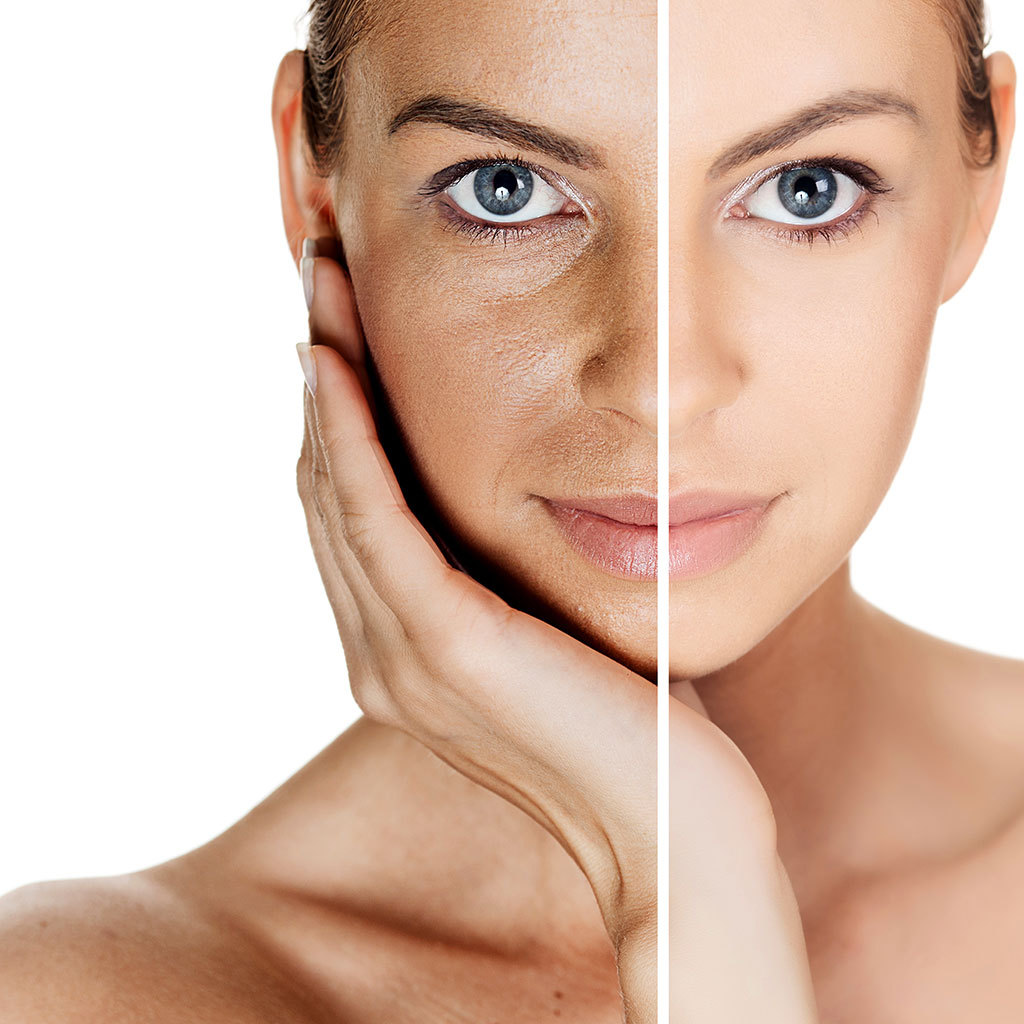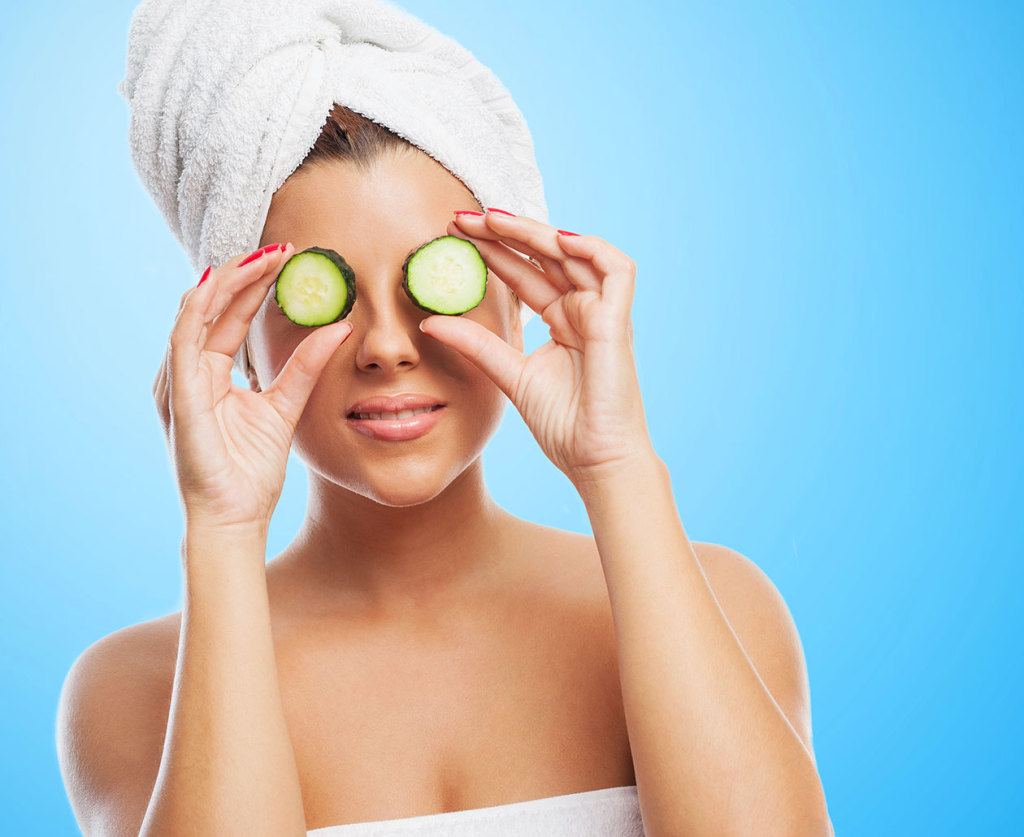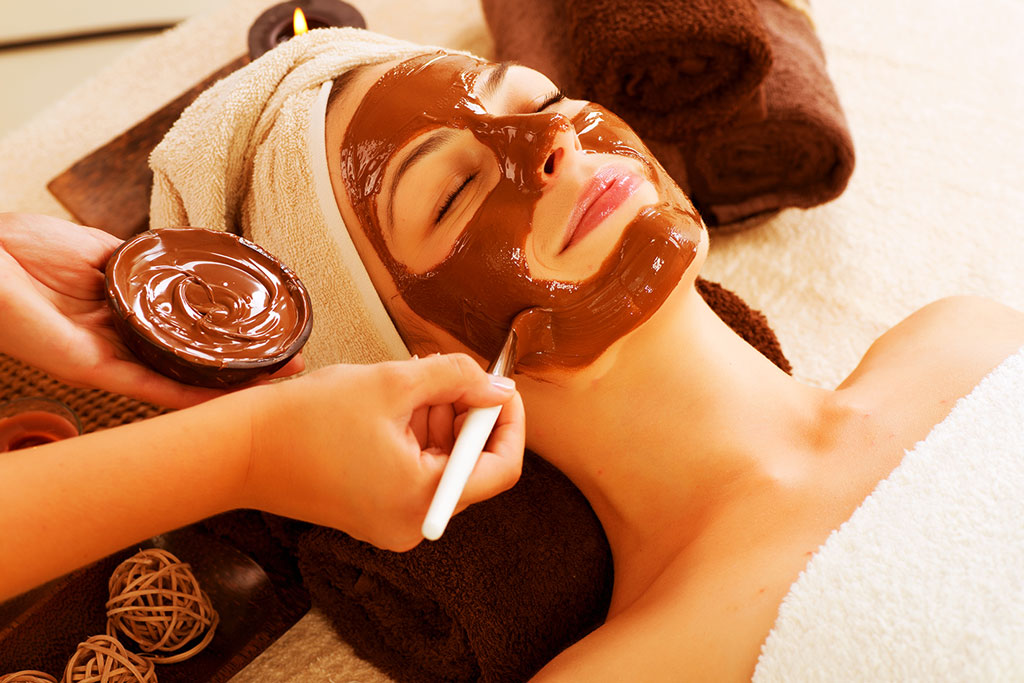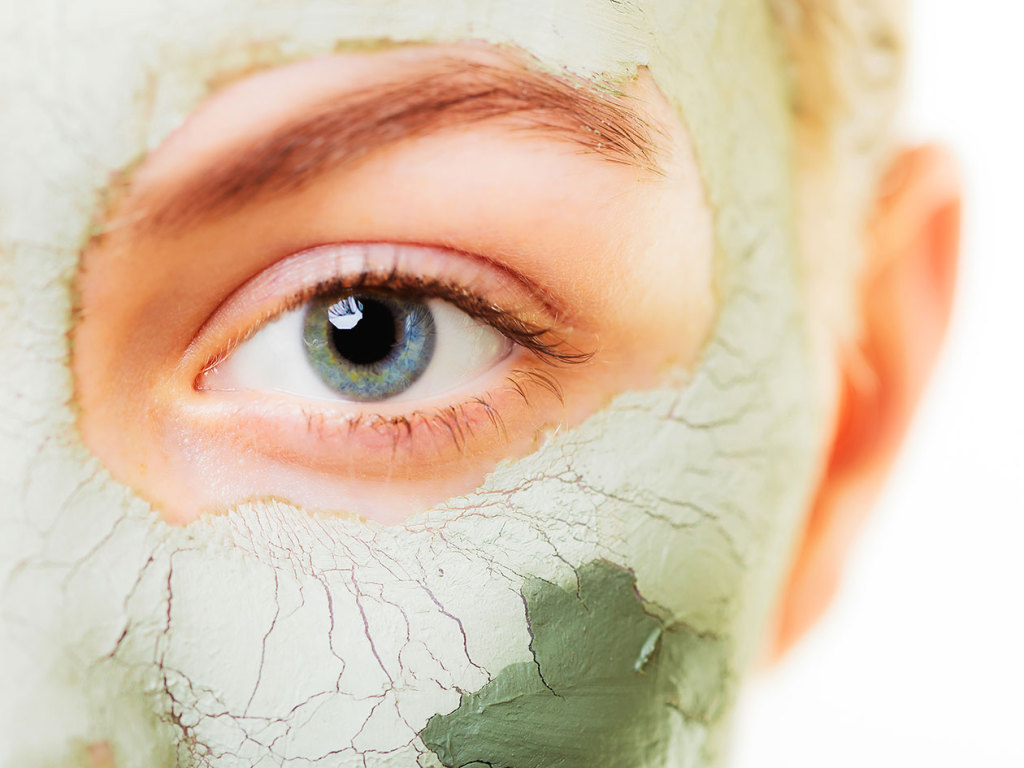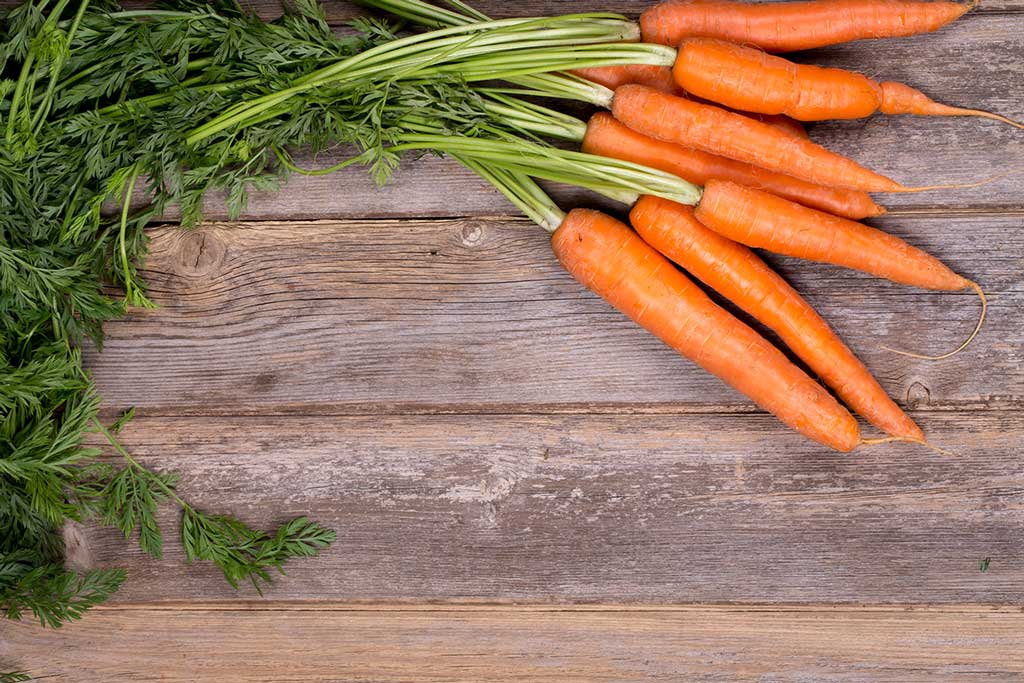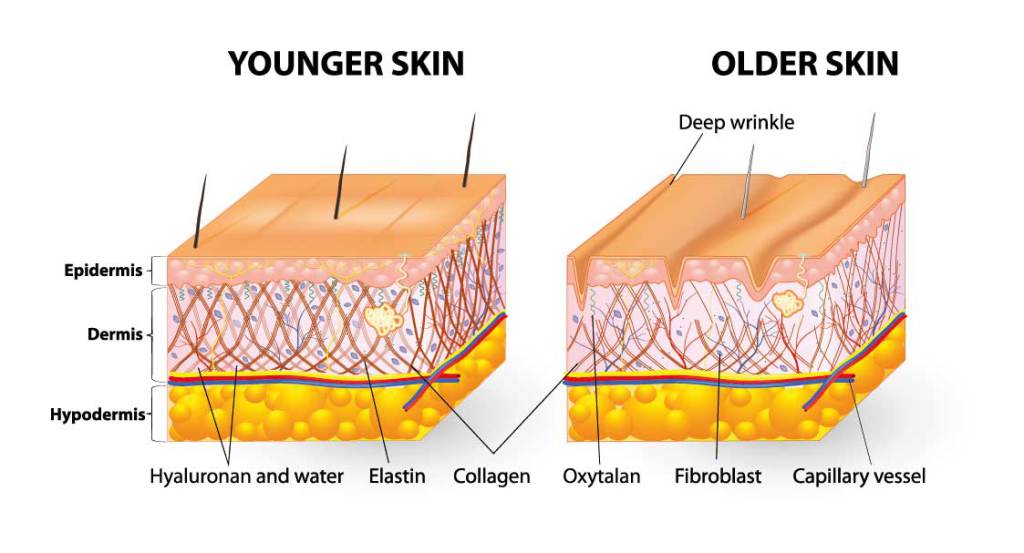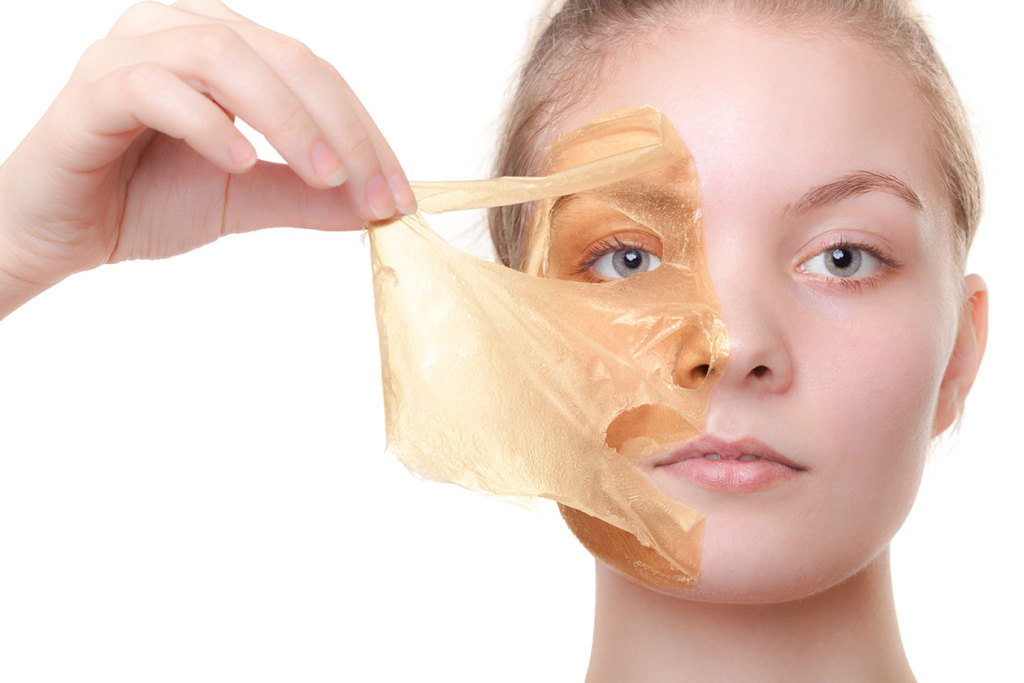
Islam, Censorship and a Modern Tradition
January 8, 2015
“Quesadillas? Yes Please”
January 20, 2015Ever thought you were paying way over the odds for that anti-wrinkle cream or face scrub and not being quite sure what on earth was actually in it? Dantemag ponders the wonders of skin and how we could save money by making our own home-made healthy skin care cosmetics.
By Elisa T. Keena
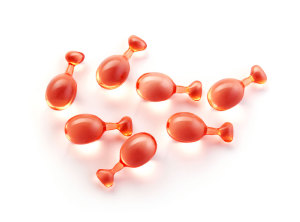 Our skin is our largest organ .With a surface area of over 6 ft/ 1.8 m, it makes up approximately 16 % of our body. Acting as a barrier between harmful invaders from the outside world and our inner sanctuary, it cushions us from water, harsh temperatures – and insults. It breathes, absorbs, radiates, conducts, convects and evaporates . It connects us to our environment through pleasure or pain. It is how we sense the touch of a loved one, the warmth of the sun, the feather-light touch of a cool breeze or the burning sensation of a hot stove. Our skin shows when we are healthy and when we are not. It is the first visual sign of exhaustion, illness, excessive consumption of food, beverage, stress, or just a life time of too much work, too much fun or a little too much of both.
Our skin is our largest organ .With a surface area of over 6 ft/ 1.8 m, it makes up approximately 16 % of our body. Acting as a barrier between harmful invaders from the outside world and our inner sanctuary, it cushions us from water, harsh temperatures – and insults. It breathes, absorbs, radiates, conducts, convects and evaporates . It connects us to our environment through pleasure or pain. It is how we sense the touch of a loved one, the warmth of the sun, the feather-light touch of a cool breeze or the burning sensation of a hot stove. Our skin shows when we are healthy and when we are not. It is the first visual sign of exhaustion, illness, excessive consumption of food, beverage, stress, or just a life time of too much work, too much fun or a little too much of both.
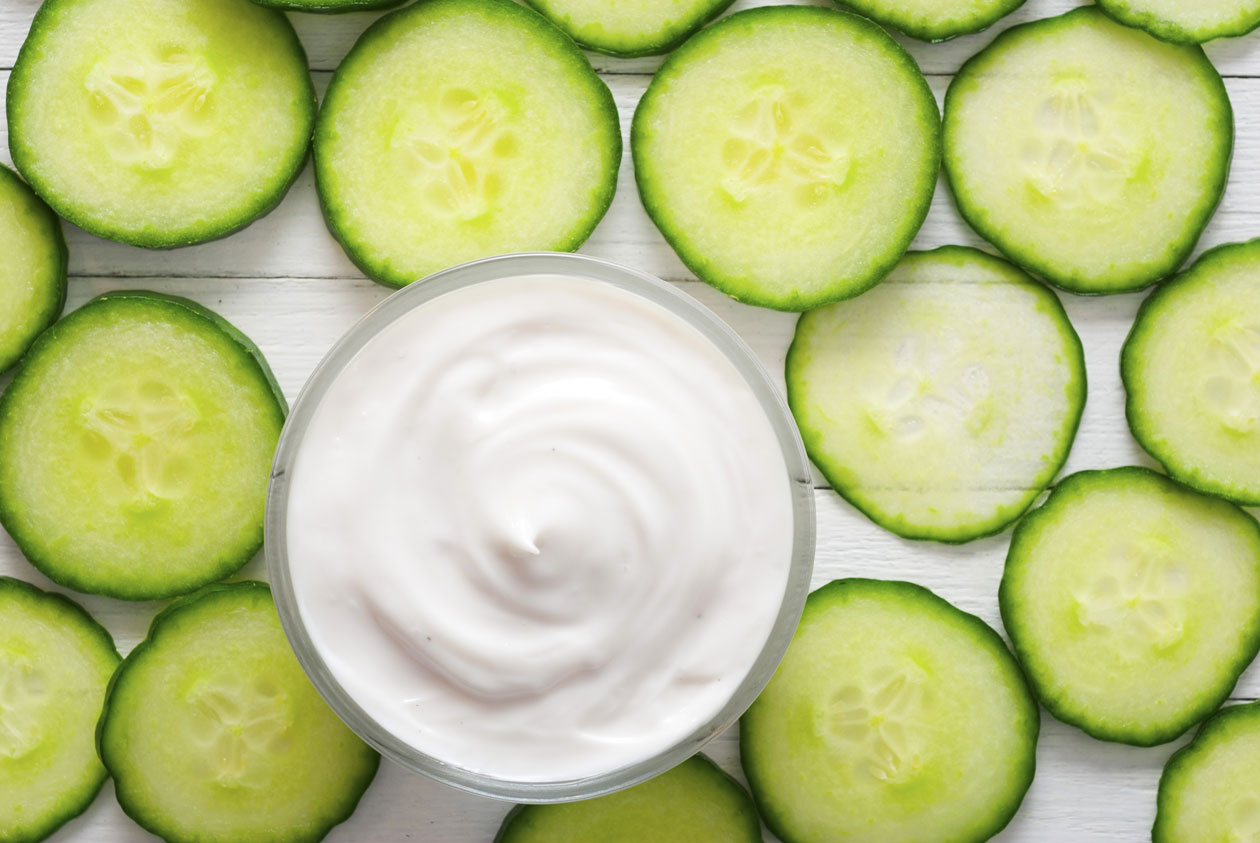 Our skin is composed of three layers: the epidermis, dermis and hypodermis . The epidermis provides a waterproof barrier, creates our skin tone and contains melanocytes that give us our skin colour – and those nasty sun and age spots. The dermis contains the connective tissues, collagen and elastin, hair follicles and sweat glands, while the hypodermis is the subcutaneous tissue made of fat and connective tissue.
Our skin is composed of three layers: the epidermis, dermis and hypodermis . The epidermis provides a waterproof barrier, creates our skin tone and contains melanocytes that give us our skin colour – and those nasty sun and age spots. The dermis contains the connective tissues, collagen and elastin, hair follicles and sweat glands, while the hypodermis is the subcutaneous tissue made of fat and connective tissue.
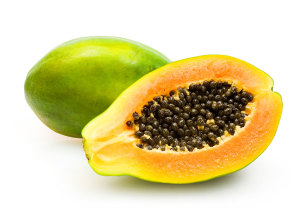
As we age, our skin shows the signs of our life and our lifestyle. There are both intrinsic and extrinsic aging of the skin. Intrinsic aging involves our collagen and elastin fibres becoming thicker, looser and more aggregated together. This results in inelastic skin which eventually causes wrinkling and sagging. After the age of twenty, the skin produces one percent less collagen each year and the exfoliation process is also decreased by about 28%. In our thirties transfer of moisture between the different layers decreases and fat cells begin to shrink and by our forties collagen production almost ceases. For women the hormone changes also affect the skin, leaving it dryer, duller and more sensitive.
As for extrinsic aging, this is the impact our environment has and therefore can be somewhat controlled. The formation of freckles or sun spots, major loss of collagen and elastin together with a lifestyle that promotes free radical formation can leave skin rough, uneven in tone and wrinkled. Radiation, pollution, smoking and poor diet can cause free radicals. Antioxidants such as vitamin C, E, and caratenoid pigments can protect us from results of these free radicals, both when ingested and applied topically.
We know what we put in our body greatly affects our skin – we will deal with that at another time. What we put on our skin also affects how we look, the tone texture, and radiance of our skin –hence the plethora of products on the market for skin care, wraps, masks, moisturisers, serums, scrubs etc. etc.
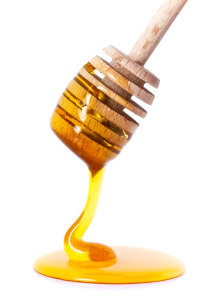
For thousand of years humans have been trying to find the proverbial fountain of youth in skin care products. In the past women used milk, honey, oatmeal, fruits, seaweed, even, in the 1800s, arsenic – yes, arsenic – to lighten and whiten their skin. Queen Elizabeth I and the women of her time used ‘ceruse’, a mixture of vinegar and lead, to achieve the same results, which eventually ate away at the skin. Even nowadays Asian women value pale skin and apply creams to assist with that effect. However, these creams have been found to have mercury but hey, what’s wrong with a little toxicity?? Well…… Europe has banned over 1,100 chemicals in cosmetics whereas the US is not as aggressive in its review of toxic ingredients – they have banned just ten! As a result there are 400 products available in the US which are banned in the EU; this is important as 60 % of what we put on our bodies is absorbed. Here is a list of absolute NO-NO’s
| Name | Function/harm |
|---|---|
| Benzoyl Peroxide | Mutagenic, DNA damage, irritant |
| DEA/MEA/TEA | Dermatitis, accumulates in tissue, can cause cancer, harmful to wild life |
| Dioxin | Causes cancer, reduces immunity |
| FD& C colour 8 | Carcinogen, heavy metals decreased oxygen |
| Propylene Glycol | Petroleum plastics – damage to brain, liver and kidney possible, cancer |
| Parabens | Breast cancer, male sterility |
| Sodium Lauryl Sulphate | Eye damage, depression, irritation, death |
| PEG | |
| Avobenzone, benzphenone, | Free radical generators, leads to DNA damage |
| PABA | Free radical generators, leads to DNA damage |
| Pthalates | Damage to liver, kidneys, birth defects. Causes damages to the environment |
| Tridosan | Pesticide registered as a pesticide posing risk to human health, harmful to fish and wild life |
| BHA/ BHT | May cause cancer |
| Siloxanes | Endocrine disruption/ harmful to fish and wild life |
| Mercury |
But But whether you live in Europe or the US or anywhere else in the rest of the world, there is a way to avoid unknown toxic chemicals, which is much more economical – DIY, namely Do It Yourself beauty products. Why not make it yourself from organic ingredients and compare the results?
| Name | Properties | Components |
| Honey | Has been shown to have an antimicrobial action against a broad spectrum of bacteria and fungi. Mosturising and cleansing | Sugar content, Water content, vitamins Vitamins C, B (thiamine) and B2 complex like riboflavin, nicotinic acid and B6 panthothenic acid are also found. |
| Lemon | Skin Brightener | Vit C, hydroxyl Acids |
| Oatmeal | Acne, dull skin, moisturiser, anti-inflammatory | Fibre removes excessive oil and bacteria; polysaccharides, beta glucans |
| Milk(Buttermilk, Almond, Rice Goat’s or Cow’s) | Moisturiser, lightener, sour milk tightens pores | Fats, proteins and vitamin. Lactic acid |
| Vegetable oils/ Coconut | Softening, bacteria fighting | Lauric acid |
| Pineapple | Scar healing | Bromelin |
| Cucumber slices | Effective on puffy eyes | Vit.C, caffeic acid |
Here are some suggestions for home-made reliable cosmetics using natural products that have the benefit of being completely non-toxic, of course.
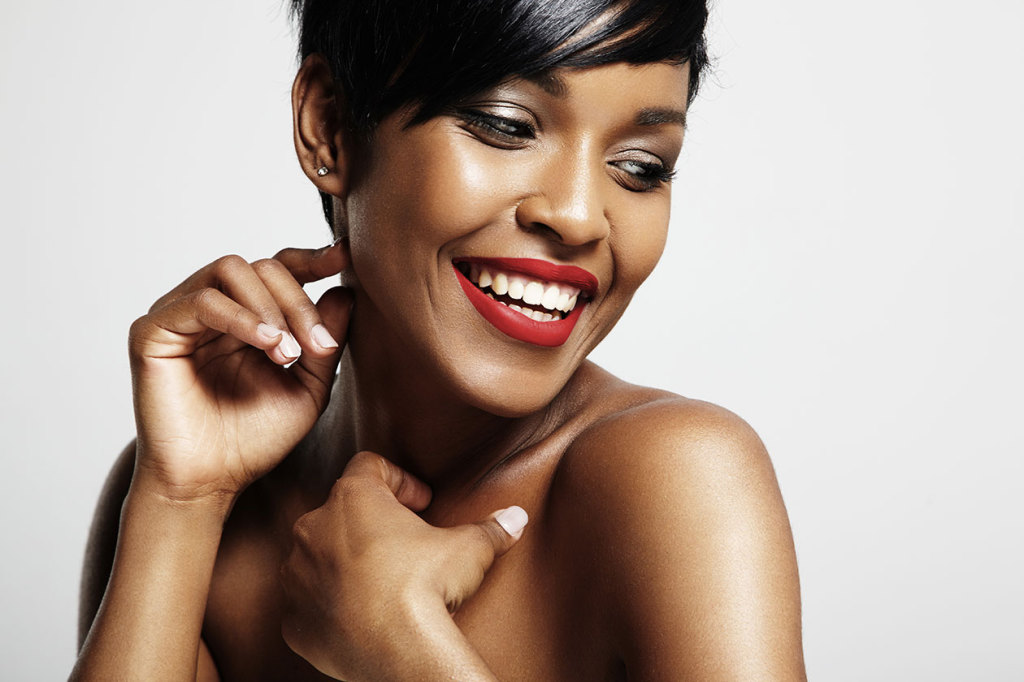 Moisturisers:
Moisturisers:
Yoghurt Mask – take half a cup of yoghurt (past its sell-by-date is best), half a cup of honey and half a cucumber thinly diced, mix together and then place the mixture on face for fifteen minutes.
Honey Hydration
(1) place a teaspoon of local organic honey on your face and leave it there for ten to fifteen minutes, then wash off;
(2) combine buttermilk with honey and one egg yolk-leave the mixture on your face from ten to thirty minutes
Honey Body Moisturiser
take a spoonful of honey with a teaspoon of olive oil, then squeeze some lemon into it.
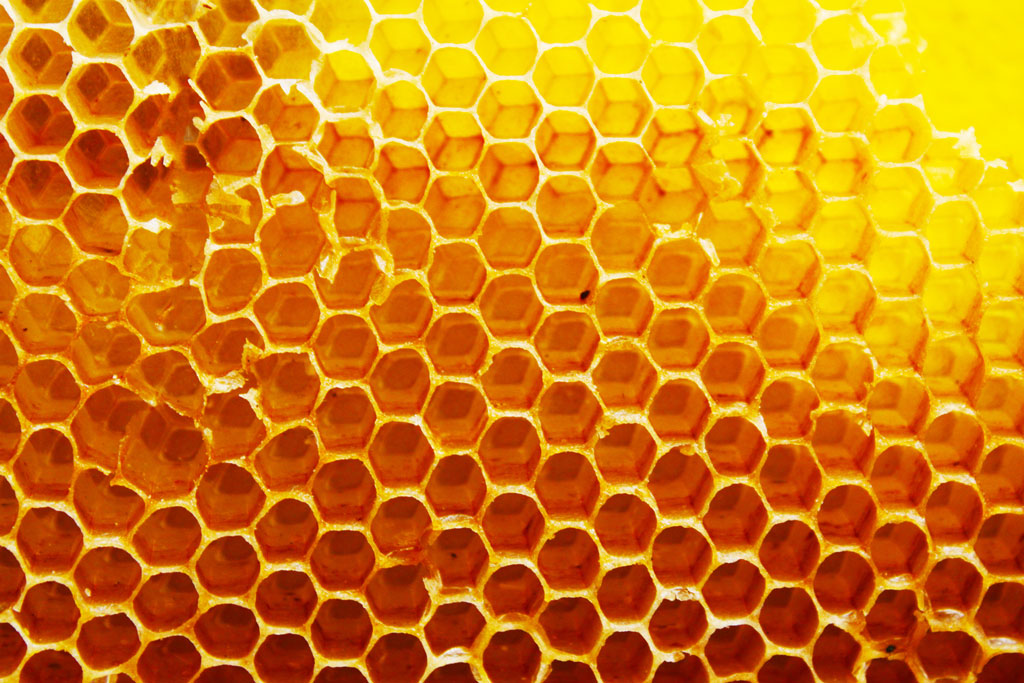 Lip Balm
Lip Balm
mix beeswax, almond oil and shea butter with your favourite essential oil, gently heat, pour into a tin and use on lips.
Chocolate Mask
¾ cup of cocoa, ¼ cup honey, 3 tablespoons of oatmeal, 2 teaspoons crumbled goat’s cheese, mix together and then leave on face for thirty minutes
Papaya Mask
first steam your face, then mash up a papaya, spread it on your skin and leave for ten to fifteen minutes
Blemishes:
Honey blemish treatment – mix some honey with tea tree oil and place it on the blemish with a q-tip and leave overnight
Make- up remover/Cleansers:
Honey and oil cleansers – combine honey and jojoba or coconut oil, rub on to your skin avoiding eye area to remove make up and unclog pores.
Brighten your skin:
Take half a lemon, rub it all over your face leave it for five to ten minutes, then rinse off.
Soaks:
Honey and milk soak – ½ a cup of honey with 2 cups of milk, add a few drops of lavender or you favourite oil, add to bath and relax!
Scrubs:
Honey and baking soda – mix two parts honey with one part baking soda and then exfoliate and moisturise;
Honey and almond scrub: mix 2 teaspoons ground almonds with 2 teaspoons of honey – exfoliate and moisturise;
Coffee scrub ( Balinese /Thai ritual) – combine ½ a cup of ground coffee with ½ a cup of turbinado sugar, a few drops of peppermint oil, ¼ cup of olive oil, then rub on and be revitalised.
Eye Treatments:
Tea Bags (camomile, black, or green) –steep the bags in boiling water and remove, then place the liquid in the fridge to cool. Place on eyes and relax for thirty minutes
Cucumber – place cold cucumber slices on eyes for thirty minutes
Toner:
Oat toner – soak oats in water to make an oat milk and use as a natural toner.
There is a plethora of information available online and elsewhere on how to create your own skin care regime at home and what products to use for which treatment. In addition essential oils have intrinsic benefits that can help with a wide range of beauty issues, which you could then combine with your toxin-free home-made scrubs, masks, cleansers and creams.
Not only is it healthier for you but it’s the right price too. So why not give it a try and get back to basics! Go DIY and see the benefits first hand!



